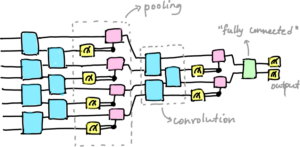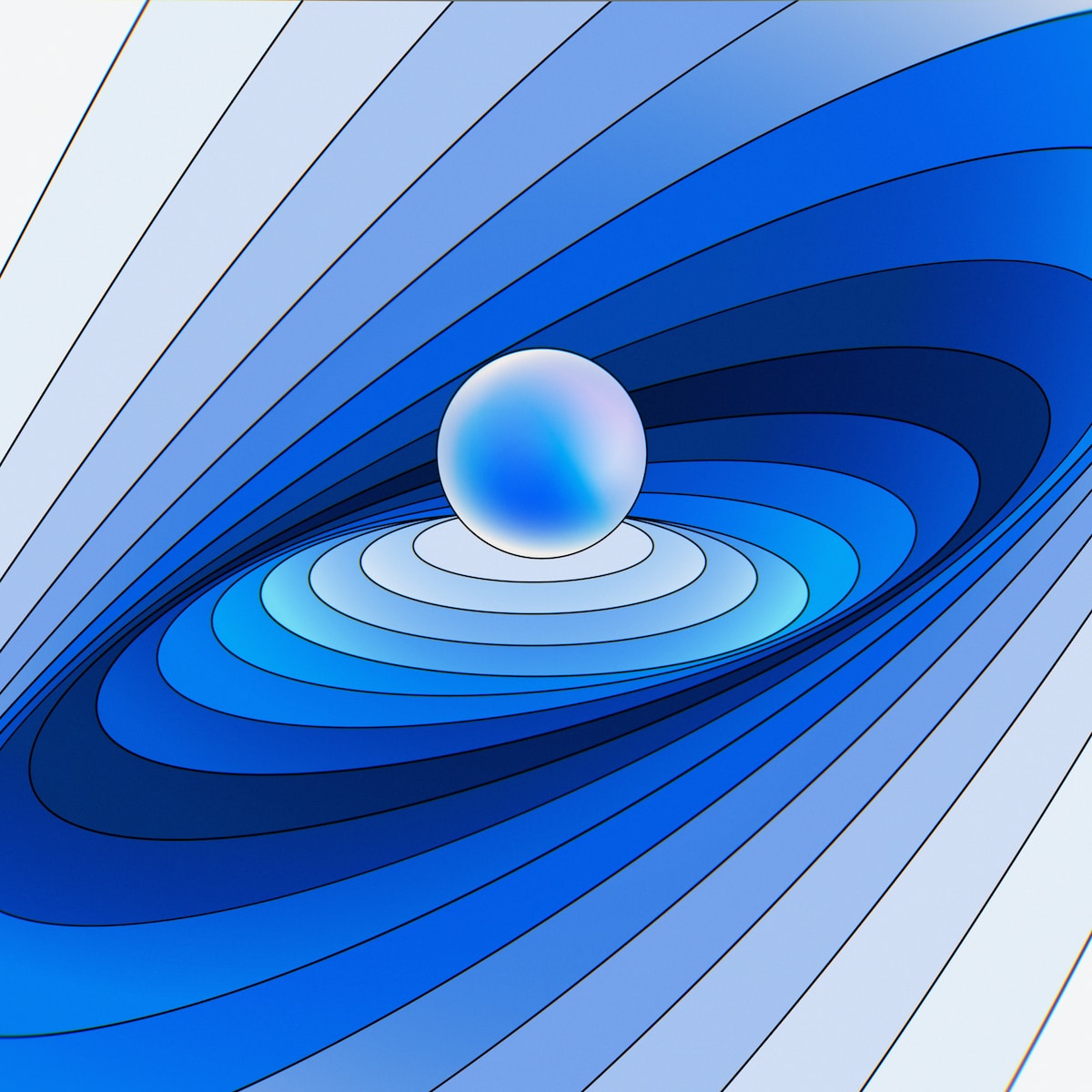By Sanjay Vishwakarma, IBM Quantum
Srinjoy Ganguly, professor of practice, Woxsen University and Quantum AI research scientist, Fractal Analytics, India.
In order to improve the performance of conventional convolutional neural networks (CNNs), quantum convolutional neural networks (QCNNs), which harness the power of quantum mechanics, have emerged as a promising direction at the crossroads of quantum computing and deep learning. QCNNs make use of quantum computing concepts like superposition and entanglement to analyze complicated data more effectively and precisely.
The creation of QCNN architectures, algorithms, and applications have advanced significantly in recent years, opening the door for interesting developments in the area of quantum-enhanced deep learning. This article examines the transition from quantum neural networks (QNNs) to quantum convolutional neural networks (QCNNs), as well as possible future paths and
difficulties for this rapidly developing topic.

What is CNN?
CNN Stands for Convolutional Neural Network. It is mainly used to perform computer vision tasks such as image classification and segmentation, object detection etc.
Convolution is a mathematical operation performed by a convolutional layer on the input data. The output of this operation, which involves doing a dot product between the kernel and the input at every location, is fed through a non-linear activation function such as ReLU (Rectified Linear Unit).
CNNs are trained using backpropagation which is basically a gradient-based optimization algorithm that adjusts the weights and biases of the network helping to minimize the loss function that measures the difference between the predicted output and expected output.
What is QCNN and where does Quantum fit into classical CNN?
Quantum Convolutional Neural Networks (QCNNs) are types of networks where quantum mechanical properties are being utilized in order to carry out complex computations. The architecture of a QCNN model has quantum circuit layers which are themselves composed of various parameterized quantum gates such Rx, Ry or Rz gates which can customize input values. The QCNN models are hybrid classical-quantum models i.e., the variational circuits take the role of convolution, pooling operations and the optimization of cost function happens on a classical computer.

QCNNs are able to capture the spatial relationships between the image pixels in a better manner because of the exponential Hilbert space, which QCNNs are able to use and is not present in classical CNNs. Since, higher-level quantum systems are also possible in the near future such as qutrits, ququads, etc, therefore, in the novel QCNN architectures we will be able to extract useful information out of the images and will be able to do better image comprehension similar to or better than humans.
Different types of QCNN available:
There are two primary types of QCNNs which are available and both of them harness the power of quantum mechanical principles such as superposition, entanglement and interference –
- Quantum-Inspired CNN: This is the QCNN variant which is directly inspired by the architecture of classical CNN where the convolutional and pooling layers are replaced with variational quantum circuits which consist of parameterized quantum gates which were explained before. This architecture has greater quantum circuit depth and requires higher coherence of qubits so as to take advantage of quantum parallelism and entanglement to provide efficient performance. Being resource intensive in nature, it is always a challenge to use this architecture in today’s noisy quantum hardware.
- Quanvolutional Neural Networks: In QCNN, the whole architecture was made of parameterized quantum circuits, however, in Quanvolutional architecture, the focus is to only build an efficient convolutional layer with the help of quantum circuits because it is the primary part of CNN architecture which captures most of the relationship between the image pixel elements. The “quanvolutional filter” encodes the classical image pixel values into quantum states by using parameterized gates and then a variational quantum circuit-based unitary transformation is applied to this encoding. Measurement is taken and the values are stacked together to form channels. These values are flattened and given to the pooling layer, fully connected layer, etc.
Benefits of QCNN over CNN
The benefits of QCNN over CNN are given as follows and these advantages are inherited directly by the usage of Hilbert space in quantum computing –
- Quantum Parallelism: The quantum superposition property helps the computer to manipulate and control several quantum bits (qubits) together and it helps to generate better correlation between the qubits for accurate predictions.
- Hybrid classical-quantum architecture: This allows the quantum computer to only execute the most important parts of the CNN system and the other computationally expensive parts are left for the classical computer to perform.
- Exponential speedup: Since quantum computers utilize the large Hilbert space for their computation, therefore, they are able to provide speed-ups which are advantageous for the execution of complex calculations.
- Feature extraction: Quantum convolutional layers are able to capture the essence of information from the data in a better manner as compared to classical CNN due to the presence of quantum mechanical principles.
Conclusion: challenges and future
In order to realize the full potential and see a practical real-world application, we need to address some of the key challenges like Data representation including encoding and decoding, design of a novel Quantum Algorithm for this domain, Interoperability with Classical Computing in terms of how well we will be able to integrate both technologies and Scalability with a larger dataset and more complex models is another big challenge.
Though QCNNs are in a very early stage of development, Quantum Computing continues to develop and improve day by day in terms of fault torrent, better error correction, better algorithms, a greater number of qubits availability etc. QCNNs seem promising in playing a crucial role in the field of Artificial Intelligence and Machine Learning by providing exponential computation speedups which in turn help better Drug Discovery, Image and Video recognition, simulations etc.
For more market insights, check out our latest quantum computing news here.

















